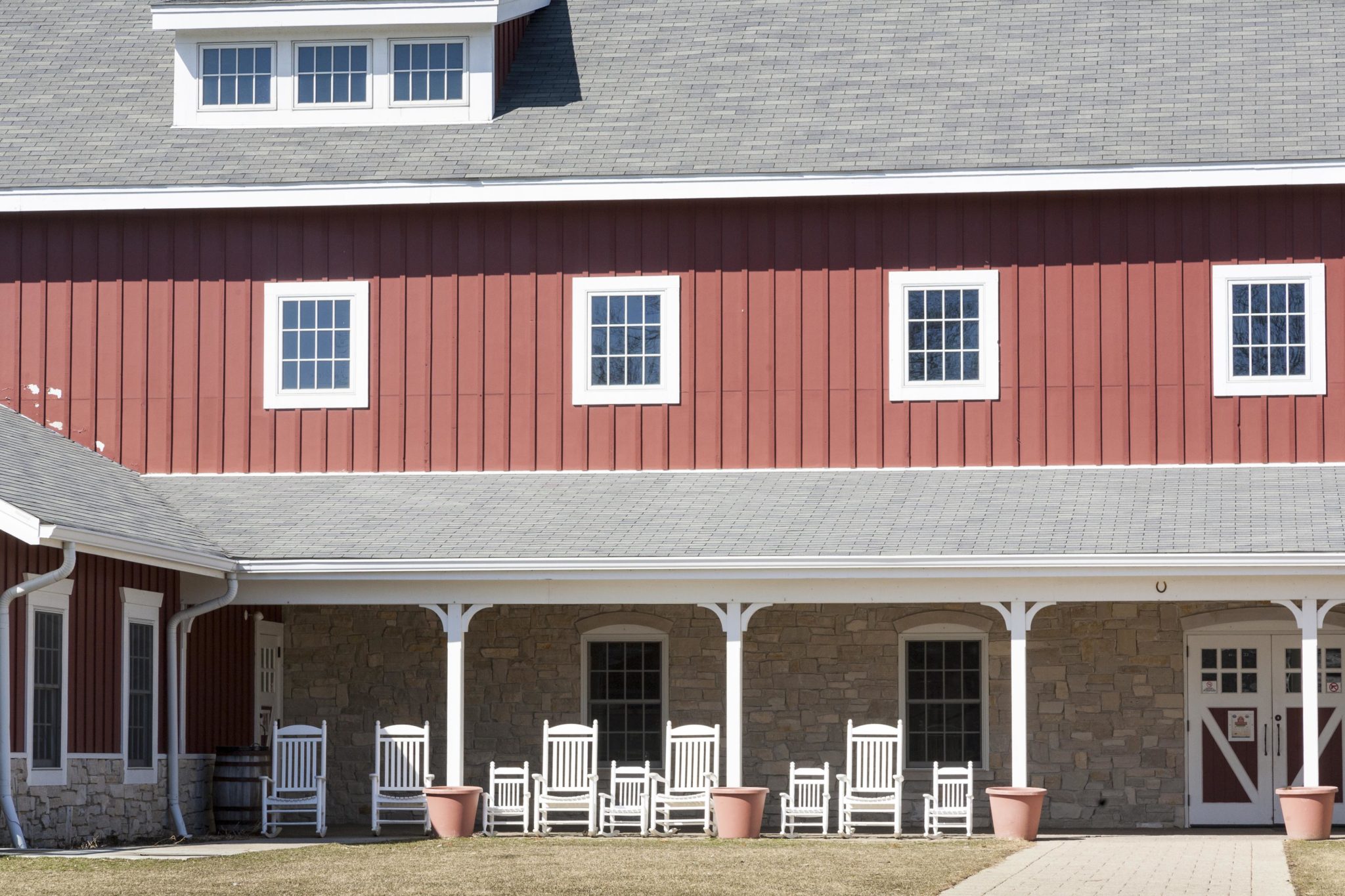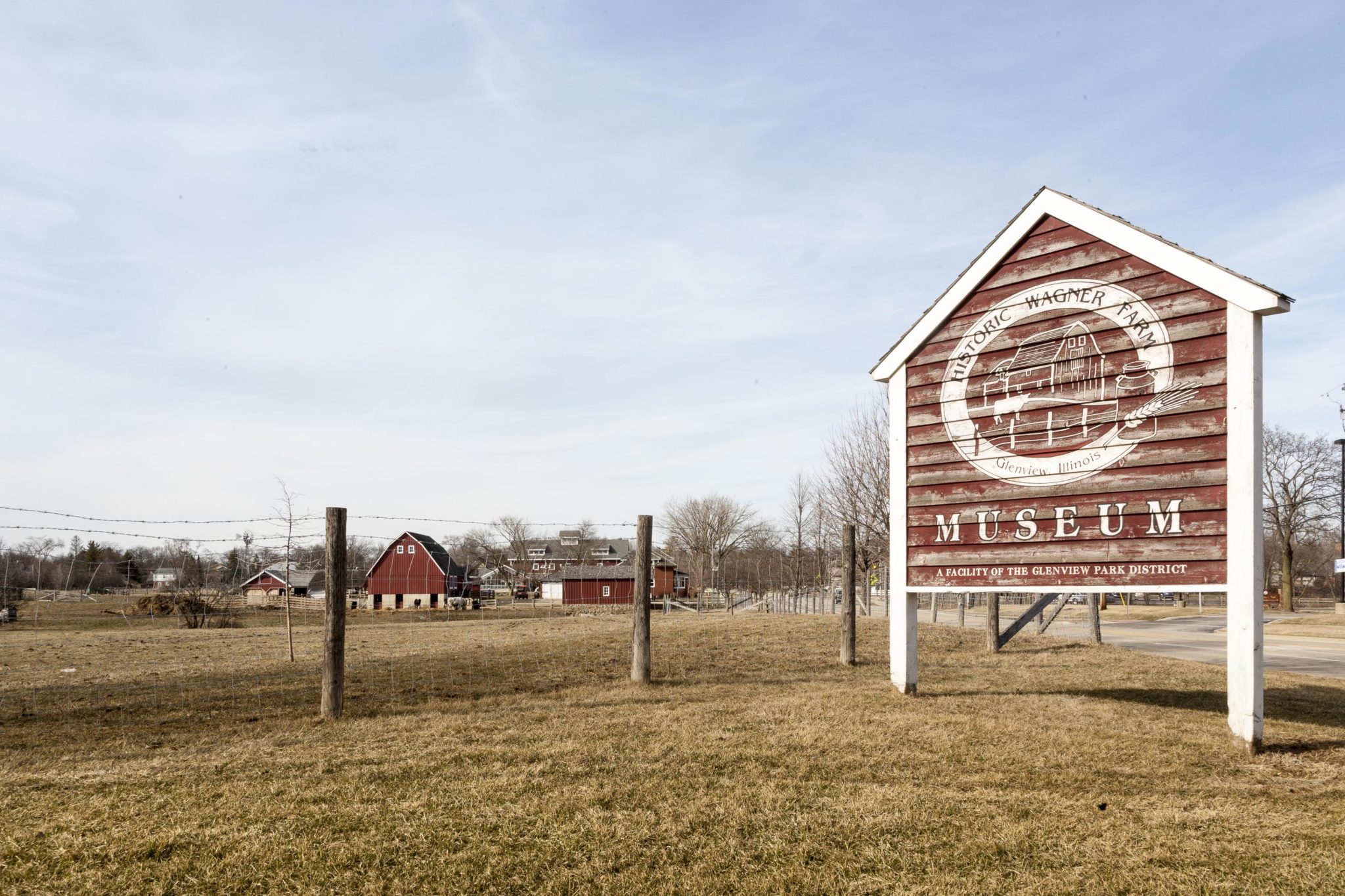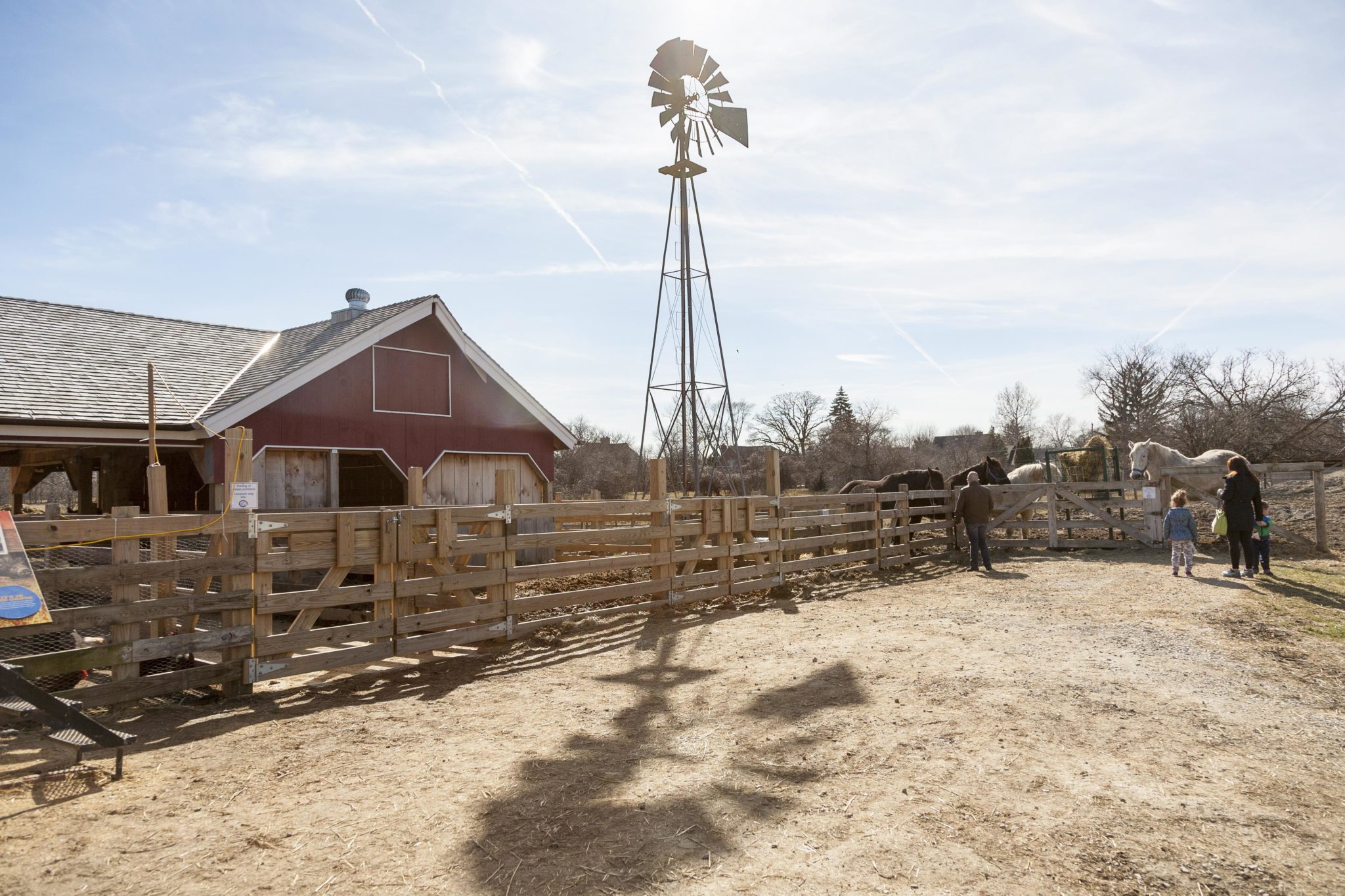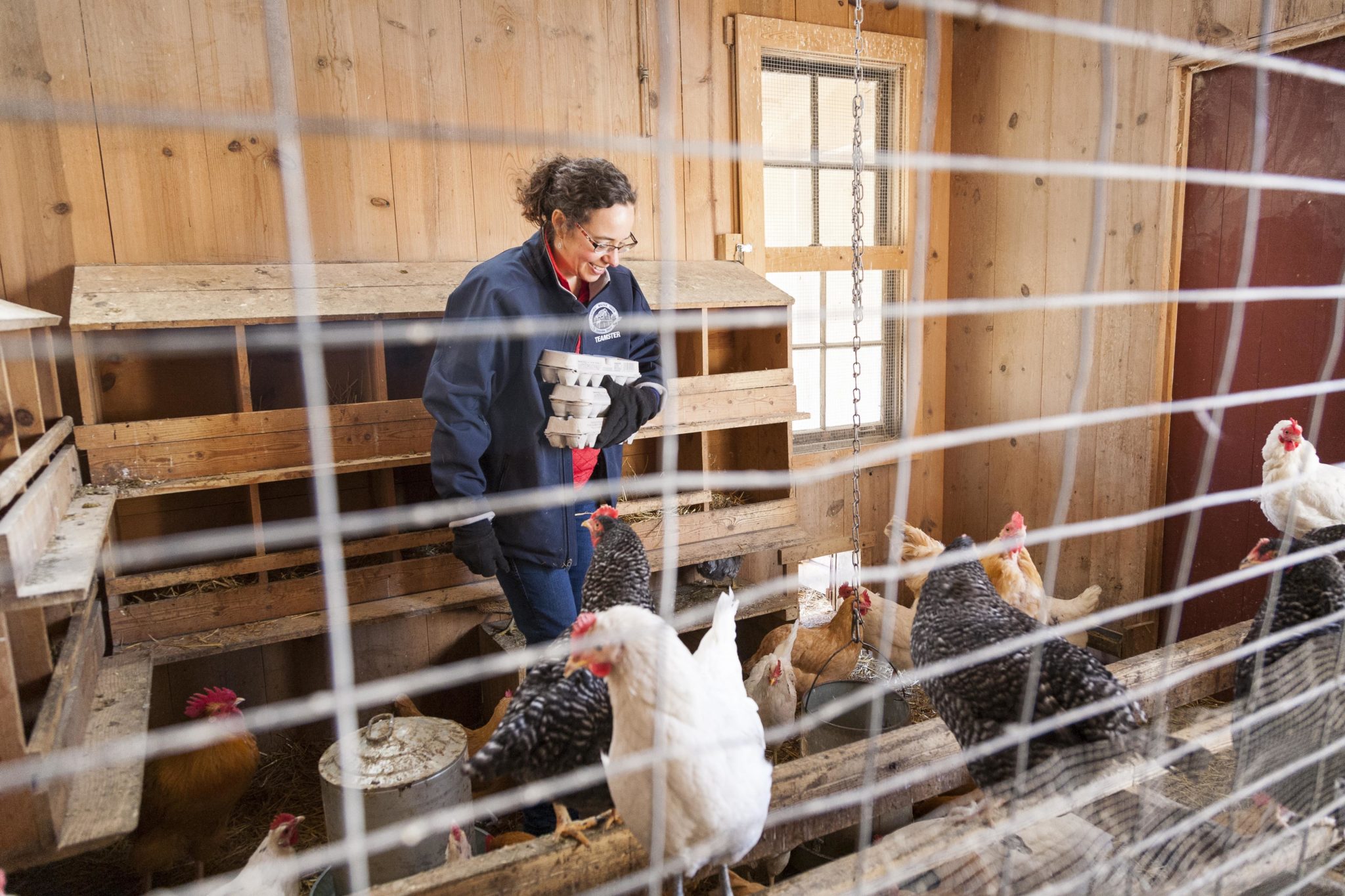Preservation Efforts
Such advocacy helped bring attention to the historic farm and, in a referendum that same year, Glenview residents voted for the Glenview Park District to purchase the site. In 2000, the Park District officially took ownership of the farm for $7.2 million. C.O.W.S. and the Glenview Park District worked carefully to preserve the farm’s “charming rustic quality,” including saving its farm animals and ensuring authentic restoration of its farm buildings.
In 2006, the Historic Wagner Farm Heritage Center Museum opened to the public. The 18.6 acre property—still one of the last working dairy farms in the county— is open to the public for recreation and learning. “The farm provides a unique opportunity for families to learn about our farming heritage and experience first-hand ‘the way things used to be,’” the farm’s website states. In addition to the dairy cows, the historic center has chickens, draft horses and pigs, as well as a traditional 1930’s-era Grocery Store. The farmhouse and barn has also been restored, creating a Heritage Center full of interactive exhibits on early 20th century farm life. In addition to such educational programs, the farm hosts local 4H events, dances, festivals, a traditional “threshing day” celebration and other special events. By 2017, Wagner Farm had received over 1 million visitors. For its impressive and dedicated work to saving this historic and educational farm, C.O.W.S. was awarded Landmarks Illinois’ 2003 Richard H. Driehaus Foundation Preservation Award for Advocacy.
“This is the only place in the area that has the original topography,” said Todd Price, former director of the Historic Wagner Farm Heritage Center, in a 2008 article in the National Trust’s Preservation Magazine, entitled “Buying the Farm” by Arin Greenwood. “I like to walk the farm and notice the subtle roll in the terrain. It’s neat to have that here in an urban area. You can stand on top of our barn and see the Sears Tower. If you turn around, you see the cows grazing.”
(Photo credit: Liz Chilsen)




